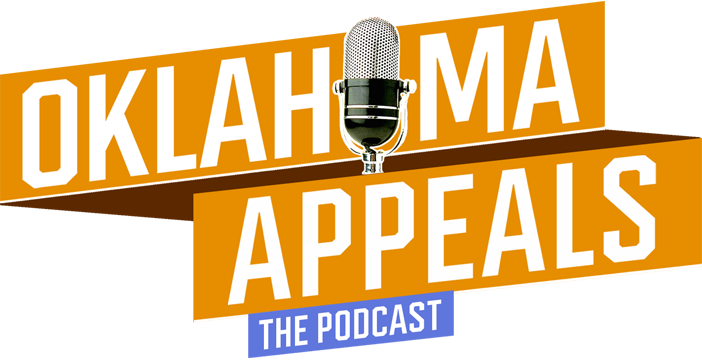| Opinion: | Crawford v. OSU Medical Trust, 2022 OK 25 |
| Subject matter: | GTCA |
| Date Decided: | March 22, 2022 |
| Trial Court: | District Court of Tulsa County; Judge Nightingale |
| Route to this Court: | Appeal from a certified interlocutory order dismissing the claim for failure to present notice of claim within one year of the loss occured. |
| Facts: | C.C.C., a four-year-old child, was treated for an eye issue in the emergency room at Saint Francis Hospital on June 16, 2017. On June 21, 2017, allegedly due to the malpractice of the emergency room physician who treated the child a few days earlier, C.C.C.’s eye was removed. C.C.C.’s parents, the Crawfords, initially filed a medical malpractice lawsuit against Saint Francis Hospital for damages resulting from an alleged misdiagnosis in the emergency room. However, in February 2018, the Crawfords learned that the emergency room physician at issue was not employed by Saint Francis Hospital, but rather by OSU Medical Trust, a public trust subject to the Governmental Tort Claims Act (GTCA). In August 2018, more than one year from the date of loss, the Crawfords gave notice of their tort claim to the OSU Medical Trust. The Trust denied the claim as untimely presented. The trial court granted OSU Medical Trust’s motion to dismiss for lack of jurisdiction due to the failure of the Crawfords to present notice of the GTCA claim within one year of the date the loss occurred. The Crawfords appealed arguing the discovery rule tolls the one-year notice period until the time that they learned that the emergency room physician was an employee of the OSU Medical Trust. |
| Standard of Review: | De novo |
| Analysis: | The common law discovery rule tolls the limitations period until the injured party knows or, in the exercise of reasonable diligence, should have known of the injury. The discovery rule applies in certain tort cases and if the rule applies to the underlying tort in a non-GTCA case, it applies to the commencement of the one-year notice period when that tort claim is subject to the GTCA. Discovery of the loss is not at issue in this case. The loss was known in June 2017 when C.C.C.’s eye was removed. However, the Crawfords argue that the discovery rule should apply because they did not learn that the emergency room physician was an employee of an entity subject to the GTCA until February 2018, thus making their August 2018 notice of claim timely. The purpose of the discovery rule is to exclude the period of time during which the injured party is reasonably unaware that an injury has been sustained so that people in that class have the same rights as those who suffer an immediately ascertainable injury. That is not the case here and the discovery rule does not apply as a matter of law. After the Crawfords had sufficient information to be aware of their claims, it became their duty to investigate the claims and explore theories of liability, including whether or not their claims were subject to the GTCA. Title 51 O.S. § 156(E) tolls the one-year notice period under the GTCA for up to 90 days when the injured person is unable to give the notice due to incapacitation from the injury. That is not the case here and this statutory tolling period also does not apply to the Crawfords’ claim. Finally, when the GTCA controls, 12 O.S. § 96 (a tolling statute for tort actions brought by a person under a legal disability) does not apply. The Court has precedent on this point. |
| Outcome: | Affirmed. |
| Vote: | 5-4; Concur: Darby, C.J., Kane, V.C.J. (author), Winchester, Rowe, and Kuehn, JJ.Concur in Result: Combs (by separate writing) and Gurich, JJ.Dissent: Kauger (by separate writing) and Edmonson, JJ.. |
| Other | FN 1 of the majority opinion points out that the Crawfords raise for the first time in their Reply Brief the argument that equitable tolling applies based on the alleged fraudulent concealment of the fact that the emergency room physician at issue was in fact employed by the OSU Medical Trust and not Saint Francis Hospital. The Court declines to address a new argument raised for the first time in a reply brief, but notes that the ruling addresses only whether the discovery rule, and not equitable tolling, applies to the statutory time limits in the GTCA. Justice Combs’ dissent focuses on the fact that the emergency room physician is not shielded from liability by the GTCA. Justice Kauger’s dissent argues for the overruling of the Court’s present regarding the applicability of 12 O.S. § 96 to the GTCA. |
